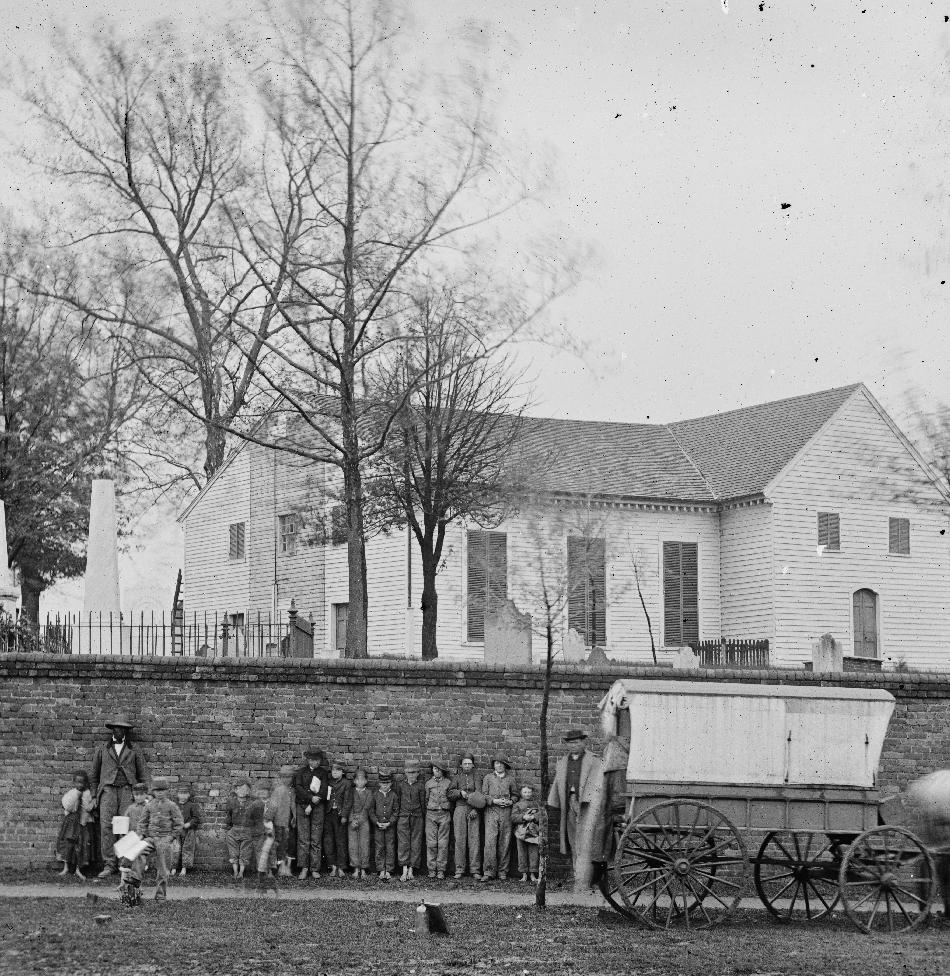
Figure 1.--Any assessment of the clothing worn by slave children requires a comparison with the clothing of comparable children, meaning free white children in rural areas of the South or even the North. This is a tall order because until the appearance of the CDV which occured about the same time Federal military power put an end to slavery (1861-65), photograpy was primarily expensive studio photography and the photographic record is heavily slanted toward well-to-do children in the fashionanle cities. (This was less true in America than Europe, but still a factor.) Here we see some children in Richmomnd, Virginia at the end of the Civil War. They are not rural children and are probably reltively well-to do compared to rural white children, but still it gives an idea how boys dressed ordinarily. After Richmond fell (April 1865), every Civil War photogrpher rushed to the former Confederate capital and photographed just about everything and everyone they found there. Which is why there are no photogrphs of Lee's surrender a few miles to the west at Appomatox Court House. This Alexander Gardner photograph shows the St. Johns Church and an African American man and little girl with white children that Gardner has lined up in front of the church. We even see Gardner and his mobile studio. These Civil War photographs were taken with cameras that had large lenses and produced very large glass plates. As a result, they can be enlarged and still retain incredable resolution. If some of the children's faces are fuzzy--it is not due to Gardner, but the natural tendency of young children to figit. To see the children and their clothes in more detail, click on the image. Source: Library of Contress: LC-B8171-3366. |

